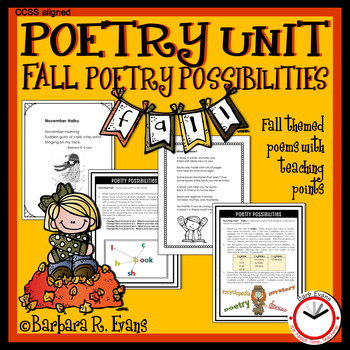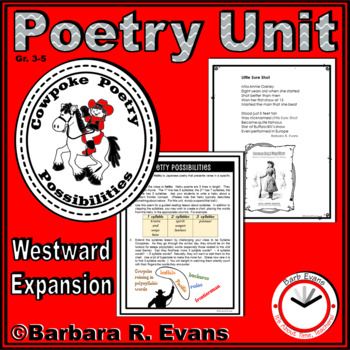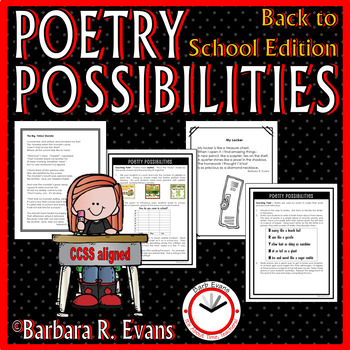Halloween is next week. That means that your class will be more excited, or excitable, than usual. I have some tips for handling those holiday high spirits (pun intended).
Giving students highly engaging activities is key. One of my favorites is HALLOWEEN SQUARE PUZZLERS. This resource offers differentiated puzzles that will challenge your children's critical thinking and problem solving while disguising them as fun. Moreover, the task is demanding enough that your little goblins will not be able to dash through them. The task is to reconstruct the square array so that the images match on each interior side.
Another activity I like to roll out as a treat for my students is PUMPKIN SQUARES. Also known as Latin Squares, these brain teasers are differentiated, too. While used in math for statistical analysis, these arrays are excellent precursors to traditional Sudoku. The challenge ranges from 3x3 squares to 7x7 squares.
HALLOWEEN HINK PINKS, et al. are task cards that can be used as bell ringers, anchor activities, a center, and/or a sponge activity. If you have a few awkward moments, whip out a Halloween Hink Pink card. These word riddles will test your pupils' vocabulary and activate their problem solving skills. But the best part about Hink Pinks, is your kiddos just can't get enough of them. They are a treat, indeed.
I've saved the best for last... HALLOWEEN SCRATTLE. Why is it the best? Because it combines word work with computation, individual effort with competition, offers differentiation, and it's FREE! Using a set of letters, individual pupils construct words. They write their words on the recording sheet and calculate the word values using addition, multiplication, or mixed operations. Next they challenge a friend to battle, comparing their recording sheet values. The kiddo with the most winning scores is the champion. But, that's not all!!! Allow your students to rechallenge each other, or another student(s). You won't believe how quickly their word choices grow in complexity. My classes beg to do SCRATTLE.
These activities have been field tested for years. They help me keep my classes learning and growing while acknowledging the appeal of Halloween. I'd love to hear how your children like them.
You may also like:











































